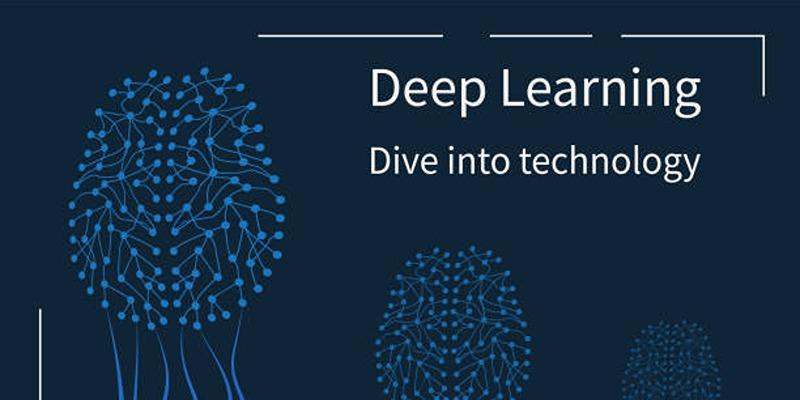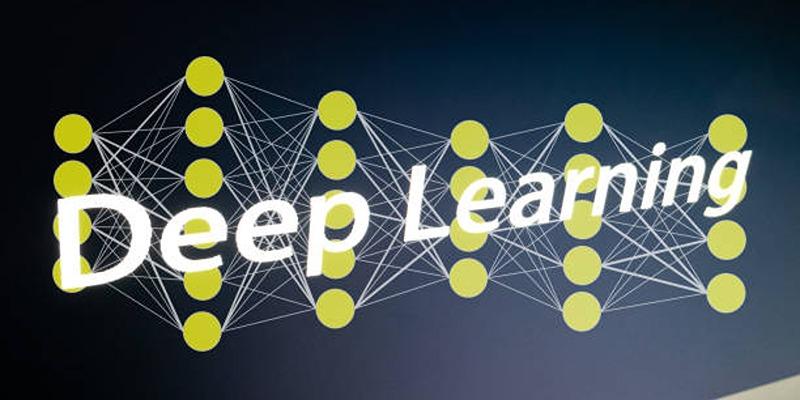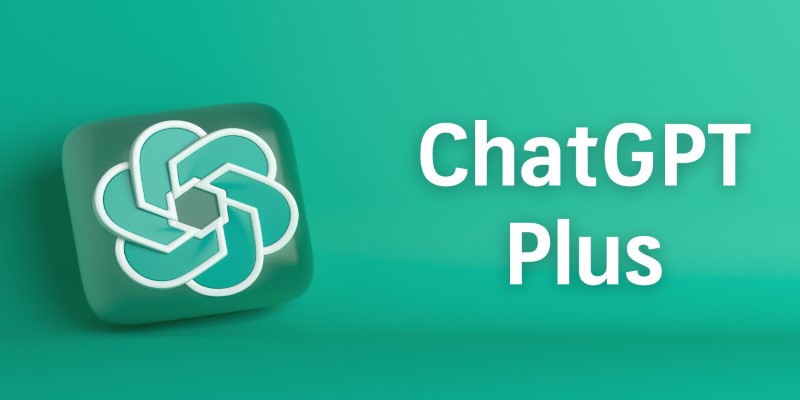Deep learning is a subset of machine learning that leverages artificial neural networks to mimic how humans process information. It enables systems to learn and make decisions from large datasets, driving advancements in tasks such as image recognition, natural language processing, and autonomous systems. Its potential continues to transform industries worldwide.
What Is Deep Learning?
Deep learning is a type of machine learning that falls under the larger umbrella of artificial intelligence. Unlike traditional machine learning, which often needs structured data and manual feature selection, deep learning can automatically find patterns and features in unstructured data like images, audio, and text.
The core function of deep learning operates through structures named artificial neural networks, which imitate cognitive processes similar to human brains. Deep networks achieve their name because they organize layers that extract progressively intricate characteristics from original inputs without human guidance on feature definitions.
How Deep Learning Differs from Traditional Machine Learning?

Traditional machine learning systems demand human-made input feature selection, whereas deep learning models develop these features themselves. A system following traditional methods requires personnel to extract edges, shapes, and colors manually during image recognition procedures. During training, a deep learning model acquires the elements that differ from the method used by conventional machine learning systems.
The major distinction emerges through scalability performance. Deep learning models process enormous data quantities, surpassing the capabilities of conventional models. Deep learning achieves better performance as data volume grows, which makes it optimal for contemporary data-rich systems.
The Building Blocks of Deep Learning:
Artificial Neural Networks:
Neural artificial networks form the essential base of deep learning. Basic neural networks operate with the following sequence of components:
- Raw data, such as digital image pixel values, is entered through the input layer.
- Many computational operations take place in successive layers, which are known as hidden layers. The extraction of features occurs layer by layer from the preceding output.
- Output Layer: Produces the final prediction or classification.
Each connection between neurons carries a weight, which adjusts as the network learns, helping the model make more accurate predictions over time.
Activation Functions:
Activation functions bring life to neural networks by adding non-linearity, allowing them to learn and adapt to complex patterns. Some of the most popular activation functions include:
- ReLU (Rectified Linear Unit): Allows networks to learn faster by enabling only positive values to pass.
- Sigmoid Function: Useful for probabilities between 0 and 1.
- Tanh Function: Scales input values between -1 and 1.
Choosing the right activation function is crucial for model performance and stability.
Loss Functions:
Loss functions are the key to refining a model's predictions—they measure how closely the model's output matches the actual outcomes. Think of them as the GPS guiding your model to better performance! During training, the goal is simple: minimize the loss function and boost accuracy.
Here are two popular loss functions:
- Mean Squared Error: Perfect for regression problems, it ensures predictions hit as close to the mark as possible.
- Cross-Entropy Loss: A go-to for classification tasks, helping the model better distinguish between categories.
The lower the loss, the smarter your model becomes. It’s like giving your AI a crash course in excellence!
The Training Process in Deep Learning:
Training a deep learning model involves several critical steps:
1. Forward Propagation
In forward propagation, the input data passes through the network layer by layer, and a prediction is made. Each neuron processes the input using a weighted sum followed by an activation function.
2. Loss Calculation
After obtaining a prediction, the model calculates the error (or loss) by comparing the predicted value with the actual value.
3. Backward Propagation
Backward propagation, or backpropagation, is where learning truly happens. The model adjusts the weights by computing gradients of the loss function concerning each weight. Optimization techniques like gradient descent are then applied to update the weights and minimize the loss.
4. Iterative Learning
This forward and backward process is repeated across many iterations (epochs) until the model achieves satisfactory performance.
Popular Deep Learning Architectures:
Deep learning includes several specialized architectures, each suited to particular types of data and tasks.
Convolutional Neural Networks (CNNs):
Convolutional Neural Networks are primarily used for processing visual data like images and videos. They apply convolutional layers to automatically detect edges, textures, and patterns, making them highly effective in tasks such as image recognition and object detection.
Recurrent Neural Networks (RNNs):
Recurrent Neural Networks excel at sequential data like time series, speech, and text. They have internal memory to capture information from previous steps, allowing them to understand the order and context of inputs.
Variants like Long Short-Term Memory (LSTM) networks solve issues like vanishing gradients, enabling RNNs to learn long-term dependencies better.
Transformer Models:
Transformers have revolutionized fields like natural language processing. Unlike RNNs, transformers process all input data simultaneously rather than sequentially. Attention mechanisms within transformers allow the model to focus on important parts of the input, making them extremely powerful for tasks like language translation and text summarization.
Applications of Deep Learning:
Deep learning is already embedded into many technologies people use daily:
- Healthcare: Assisting in diagnosis through medical image analysis.
- Autonomous Vehicles: Powering perception systems for self-driving cars.
- Finance: Detecting fraudulent transactions.
- Entertainment: Enhancing recommendation systems for music and video streaming platforms.
- Customer Service: Automating responses through intelligent chatbots.
Its versatility ensures that its impact will continue to expand across sectors.
Challenges in Deep Learning:

Despite its success, deep learning faces several challenges:
Data Requirements:
Deep learning models require vast amounts of labeled data to perform well. Gathering and annotating such datasets can be time-consuming and expensive.
Computational Power:
Training deep networks demands significant computational resources, often requiring specialized hardware like Graphics Processing Units (GPUs) or Tensor Processing Units (TPUs).
Interpretability:
Deep learning models are often criticized for being "black boxes." Understanding why a model made a specific decision can be difficult, which is problematic in fields requiring accountability, like healthcare and finance.
Overfitting:
If a model learns the training data too well, including its noise and outliers, it may perform poorly on unseen data. Regularization techniques and careful model evaluation are essential to mitigate overfitting.
Conclusion:
Deep learning has emerged as a cornerstone of artificial intelligence, transforming industries and enabling technologies once thought to be science fiction. One gains valuable insight into the engine driving today's AI revolution by understanding its principles, architectures, and applications. While challenges remain, the potential for positive change through deep learning is vast, and we are only just beginning to tap into it.











